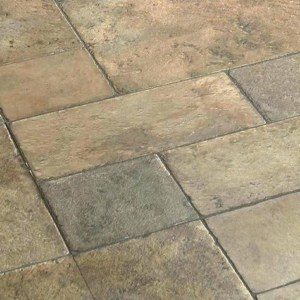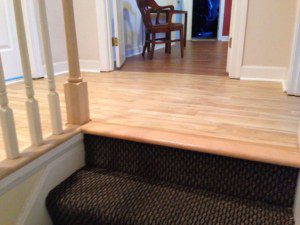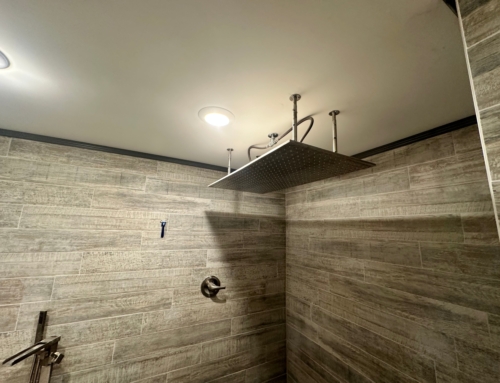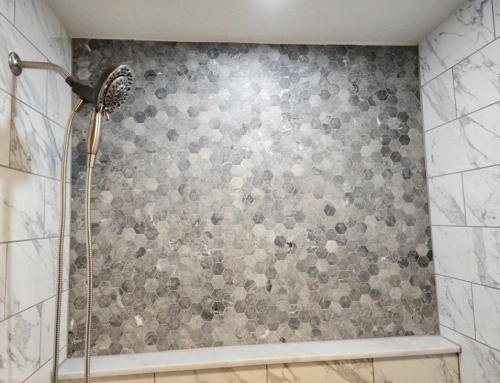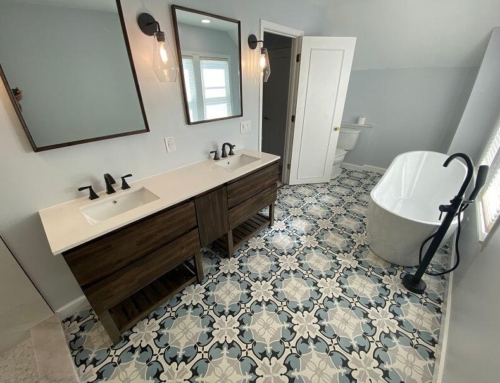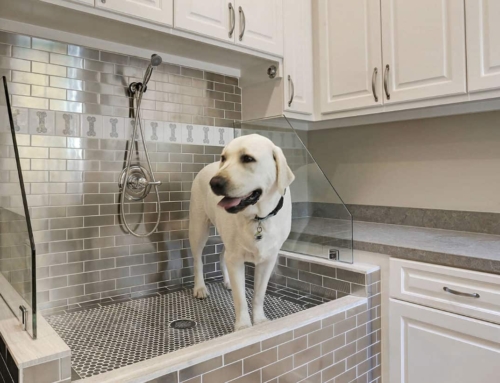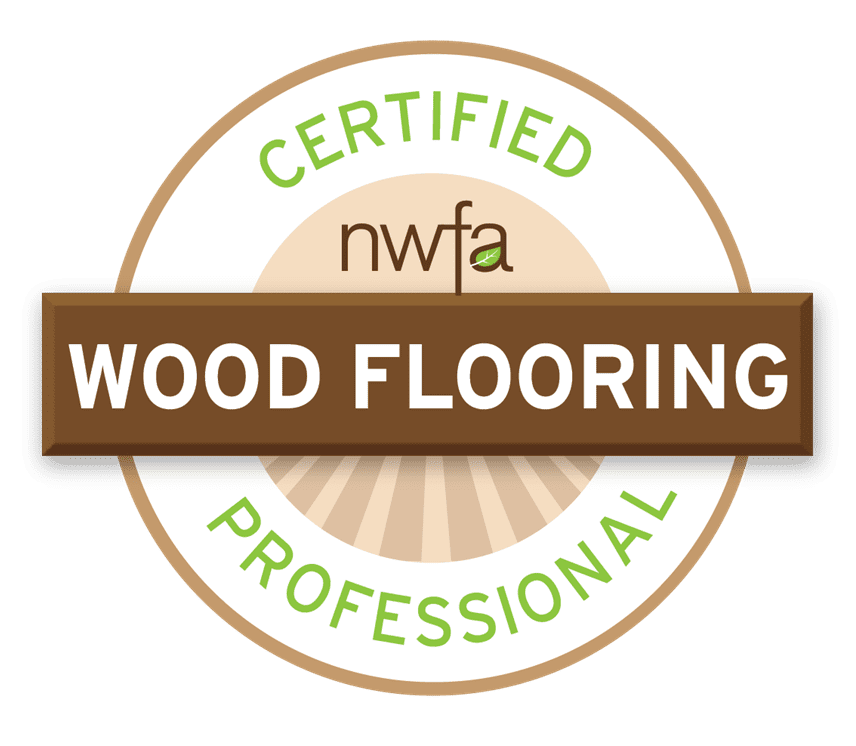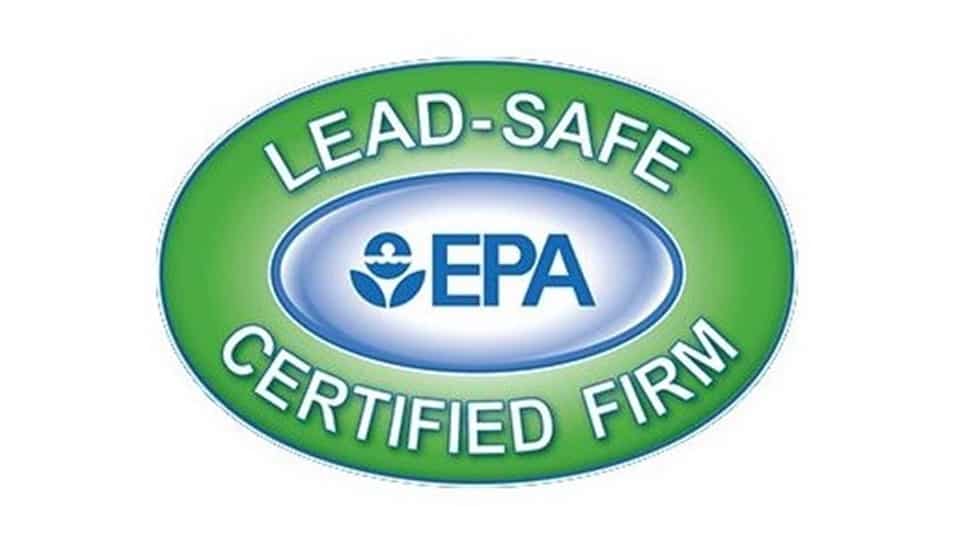Vinyl flooring is a popular choice for homeowners because it is durable, easy to clean, and inexpensive. It is available in a wide variety of colors, styles, and patterns that suit any room. If you are considering installing vinyl flooring in your home, there are a few things you need to know. First, you need to choose the right type of vinyl flooring for your needs. There are three main types of vinyl flooring: sheet vinyl, luxury vinyl tile (LVT), and vinyl plank flooring.
Sheet vinyl is the most basic, and low cost option. It is made of a single sheet of vinyl that is glued to the subfloor. Sheet vinyl is also the easiest to install. If you can read a tape measure, and use a razor knife safely, you can DIY sheet vinyl.
Luxury Vinyl Tile (LVT) is more durable, lasts longer, and comes in many more styles. It is made of multiple layers of vinyl, including a wear layer that protects the surface from scratches. LVT is available in a variety of styles, including planks that mimic wood, or tiles that look like stone or ceramic tiles. Learn more about luxury vinyl tiles and planks in this blog post.
Luxury Vinyl Plank (LVP) flooring is the most popular type of vinyl flooring. It is made of individual planks that snap together like puzzle pieces. Vinyl plank flooring is easy to install and can be installed over a variety of subfloors, including concrete, hardwood, and tile.You can learn more about luxury vinyl planks here.
What Type of Vinyl Flooring Should I Choose?
- Vinyl sheet flooring: A basic, low cost floor. It is made of a single sheet of vinyl that is glued to the subfloor. Sheet vinyl is relatively inexpensive and easy to install, but it is not durable.
- Luxury Vinyl Tile (LVT): LVT is much more durable than sheet vinyl. It is made of multiple layers of vinyl, including a wear layer that protects the surface from scratches and stains. LVT is available in a variety of styles and patterns. It may be installed with adhesive, or as a snap-together floating floor.
- Luxury Vinyl Plank (LVP): Vinyl plank flooring is the most popular option. You get the look of hardwood without the price tag. It is a floating floor that snaps together. Vinyl plank flooring is easy to install and can be installed over a variety of subfloors, including concrete, hardwood, and tile.
- Peel and stick vinyl flooring: This type comes with an adhesive backing that allows you to install it without using any glue. Self-adhesive vinyl flooring is very easy to install.
Vinyl Flooring Installation
Once you have chosen the type of vinyl flooring you want, you need to prepare the subfloor. The subfloor must be clean, dry, and smooth. If the subfloor is not level, you will need to level it first. Next, you should install a vapor barrier. A vapor barrier is a sheet of plastic that is installed between the subfloor and the vinyl flooring. This prevents moisture from damaging the subfloor.
Now you are ready to lay the vinyl. If you are installing sheet vinyl, you will need to measure, cut, and glue it down. Be careful to match the pattern up in each sheet for the best look. If you are installing a floating LVT or LVP floor, you snap the planks together and cut them to length to fit against walls and around other obstructions. Once the vinyl flooring is installed it’s time to caulk the seams and edges. This will help to prevent water from seeping under the flooring and damaging your subfloor. Once the caulk is dry, you can reinstall any trim or other items that had to be removed. Finally, you need to clean the vinyl flooring. A sweep or vacuum, and use a damp mop or cloth. Do not use harsh detergents.
Quick tips for installation:
- Make sure the subfloor is clean, dry, and smooth.
- Install a vapor barrier.
- If it is a click lock, floating floor, make sure that the tiles or planks are snapped together firmly before moving on to the next one.
- Caulk the seams and edges.
- Clean it regularly.
What is It Made Of?
It is made of polyvinyl chloride (PVC), a synthetic material that is made from oil and salt. PVC is a versatile material that can be used to create a variety of products. It consists of several layers of material The top layer is the wear layer, which protects the flooring from scratches and scuffs. The wear layer is made of a hard, durable material such as polyurethane or acrylic. The next is the design layer, which gives the vinyl flooring its appearance. It is made of a printed vinyl sheet that is bonded to the wear layer. Lastly, there is the backing, which provides support and stability for the vinyl flooring. The backing layer is made of a variety of materials, including felt, foam, or fiberglass.
What to Consider About Vinyl Flooring
- Wear layer: The thicker the wear layer, the more durable the vinyl flooring.
- Style: Vinyl flooring is available with a gigantic variety of patterns and colors.
- Finish: Just like when you choose paint, vinyl has different finishes. Matte, satin, or gloss.
- Installation: If you are installing the vinyl flooring yourself, be sure to follow the manufacturer’s instructions. If you need help choosing and installing your vinyl, please call or email us.
- Maintenance: Vinyl flooring is easy to clean and maintain. Simply sweep or vacuum regularly and damp mop.
Pros and Cons
Pros:
Durable: Vinyl flooring is very durable and can withstand heavy traffic. It is also resistant to water, stains, and scratches.
Affordable: It is one of the most affordable flooring options available. It is also easy to install, so you can save money on labor costs.
Easy to clean: It is very easy to clean. Simply sweep or vacuum it regularly and damp mop.
Versatile: It is available in a wide variety of colors, styles, and finishes. This means that you can find the perfect look for your home.
Water Resistant: It is completely waterproof, making it a great choice for bathrooms, kitchens, and other areas that are prone to moisture. But keep in mind that moisture can still manage to get beneath the vinyl, and even the vapor barrier. Be sure to clean any spills quickly.
Noise-reducing: It is a good choice for homes with pets or children, as it can help to reduce noise levels.
Cons:
Durability: It does not last as long as hardwood or tile.
Cold: It is not as warm as hardwood or tile.
Not as Gorgeous: Some homeowners find that it is not as beautiful as other flooring options.
Not Environmentally Friendly: It is made from petroleum-based products. If you are looking for eco-friendly, sustainable flooring materials, choose bamboo or cork. We explore environmentally friendly flooring in this article.
If you need an experienced, qualified remodeling contractor to help with choosing and installing your vinyl, please call or email us here at Flooring Masters.


